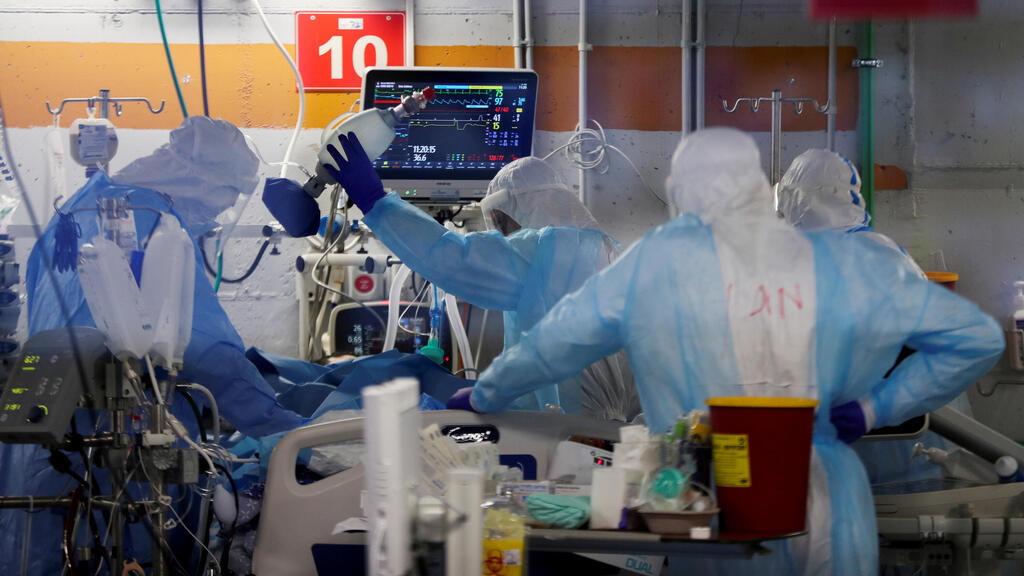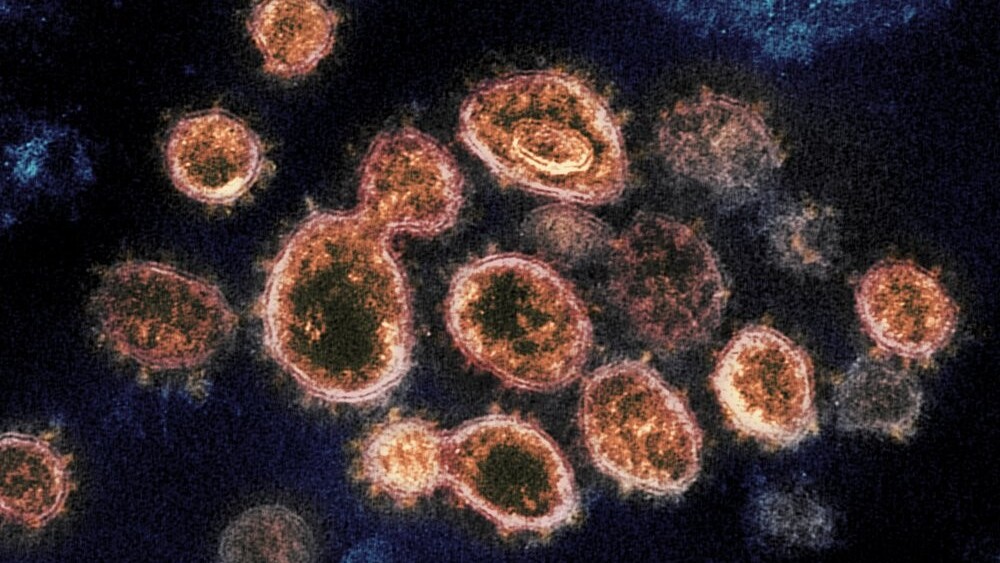Nearly two years since the onset of the COVID pandemic, a team of Israeli researchers unraveled the long-standing mystery that is the cause for some of the illness' worst symptoms.
The Tel Aviv University-led team managed to identify the five proteins in the coronavirus itself - known as SARS-CoV-2 - that are responsible for damaging a patient's blood vessels, which would sometimes lead to a heart attack or stroke.
The researchers hope that the identification of these proteins will help develop targeted drugs for COVID-19 that will reduce such damages.
“Our research could help find targets for a drug that will be used to stop the virus’s activity, or at least minimize damage to blood vessels," said Dr. Ben Maoz, one of the study leaders.
“We tend to think of COVID as primarily a respiratory disease, but the truth is that coronavirus patients are up to three times more likely to have a stroke or heart attack," Maoz added.
"All the evidence shows that the virus severely damages the blood vessels or the endothelial cells that line the blood vessels. However, to this day the virus has been treated as one entity. We wanted to find out which proteins in the virus are responsible for this type of damage,” he explained.
2 View gallery


Medical workers attending to a COVD patient in Rambam Hospital's COVID ward
(Photo: Reuters)
The coronavirus itself is comprised of a total of 29 different proteins, each of which was examined as it was inserted into human blood vessel cells by the TAU researchers, who were than able to identify the five proteins that cause damage to the blood vessels.
"In addition, we used a computational model developed by Prof. Roded Sharan which allowed us to assess and identify which coronavirus proteins have the greatest effect on other tissues, without having seen them ‘in action’ in the lab," explained Maoz.


